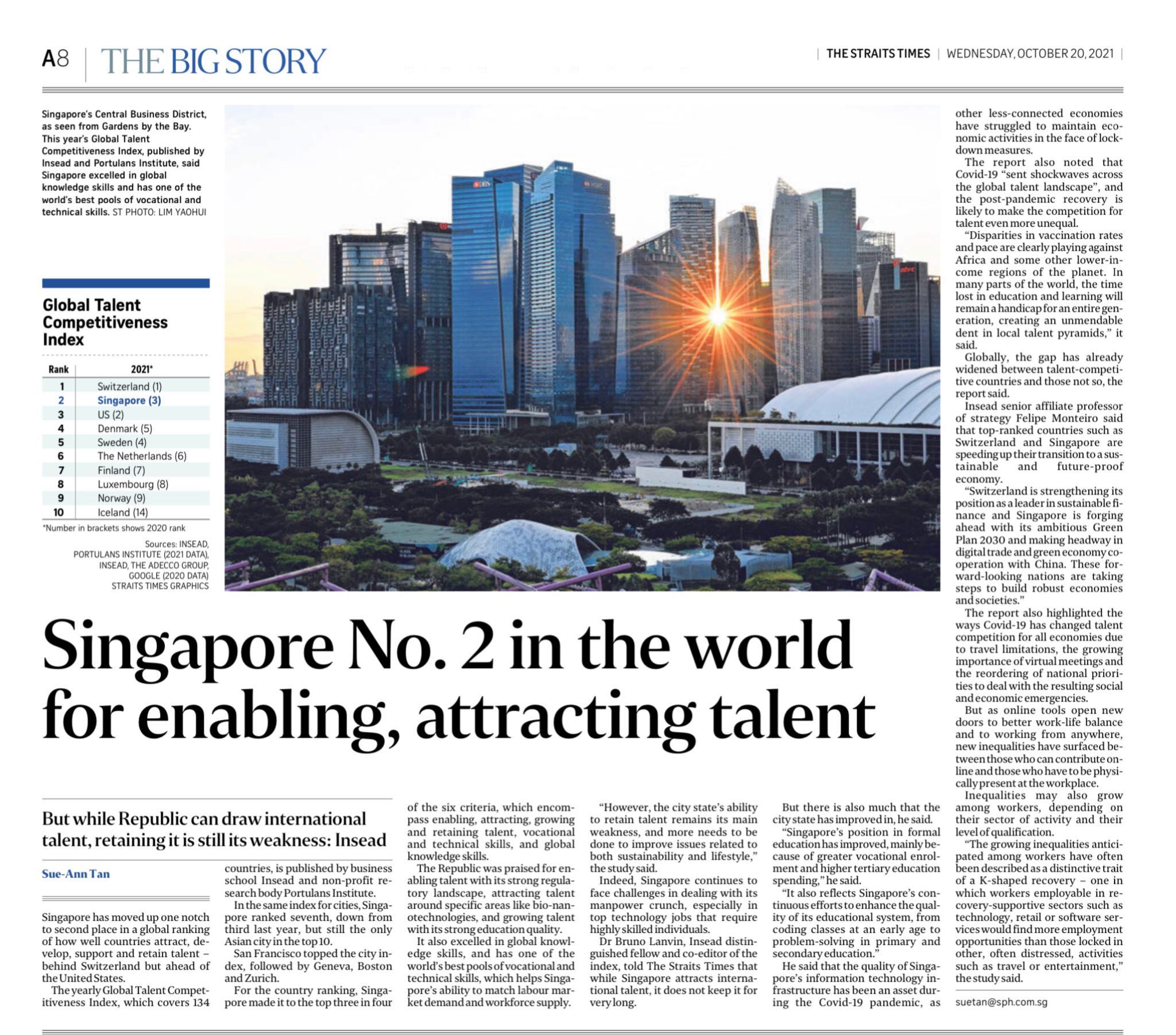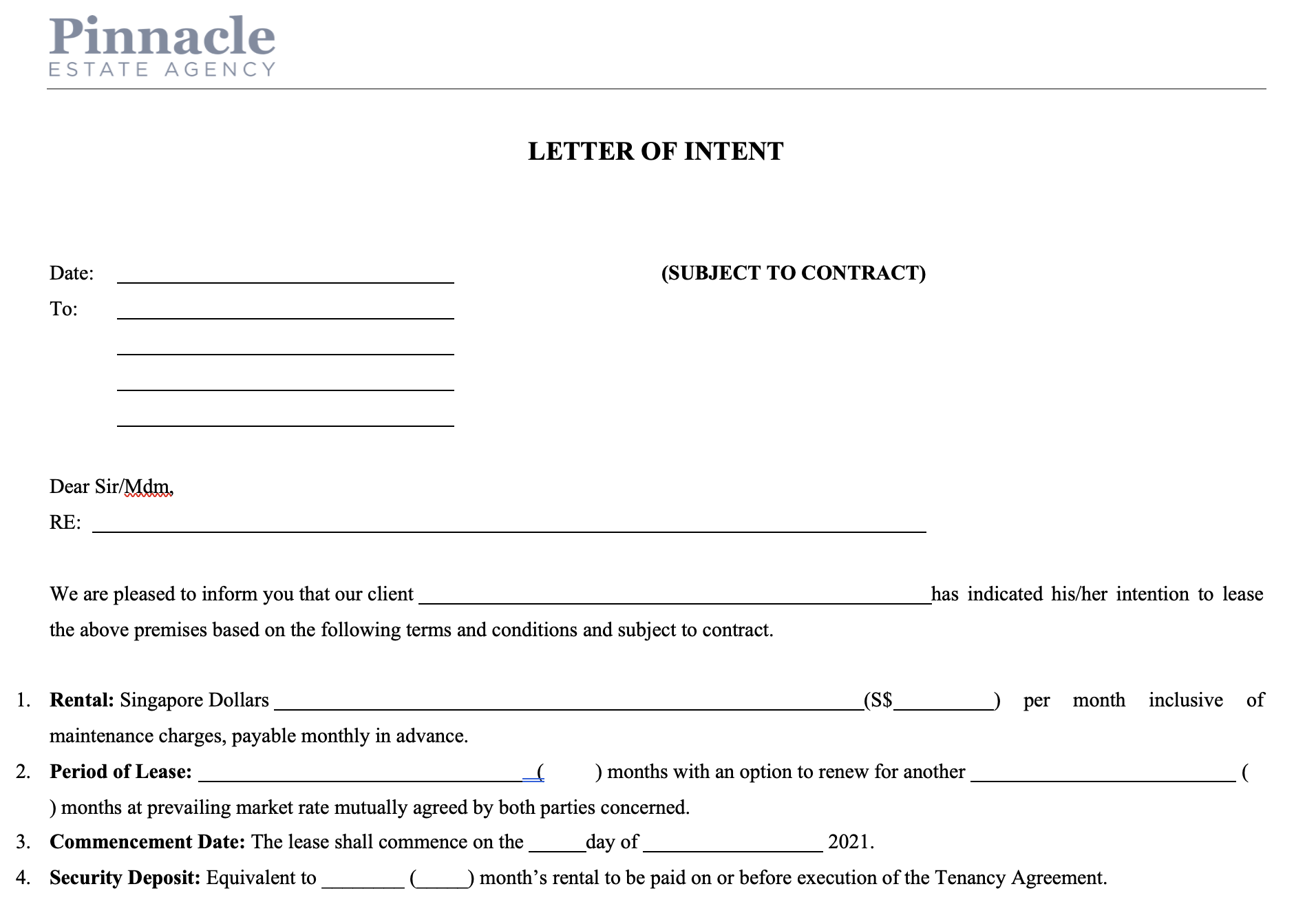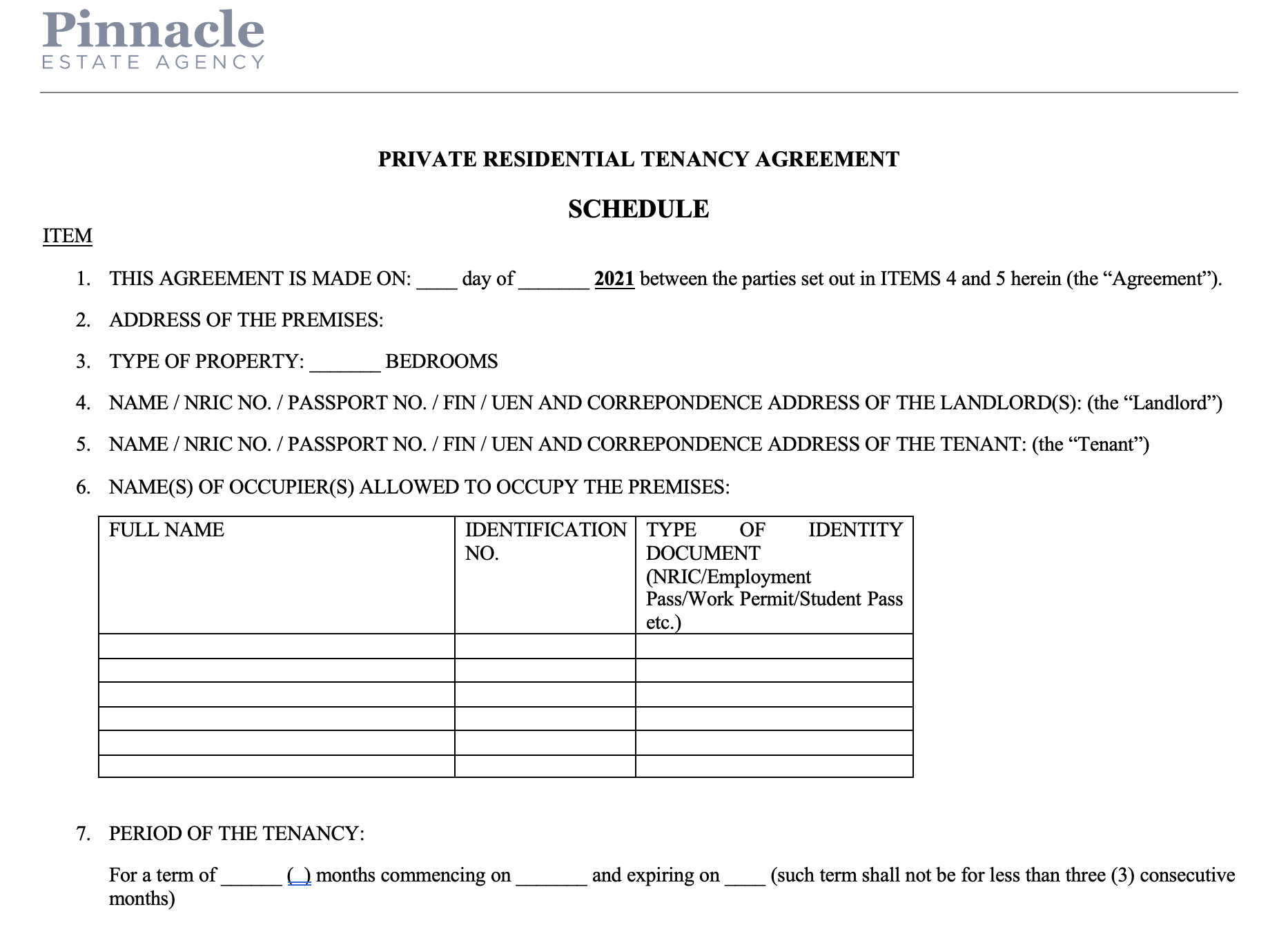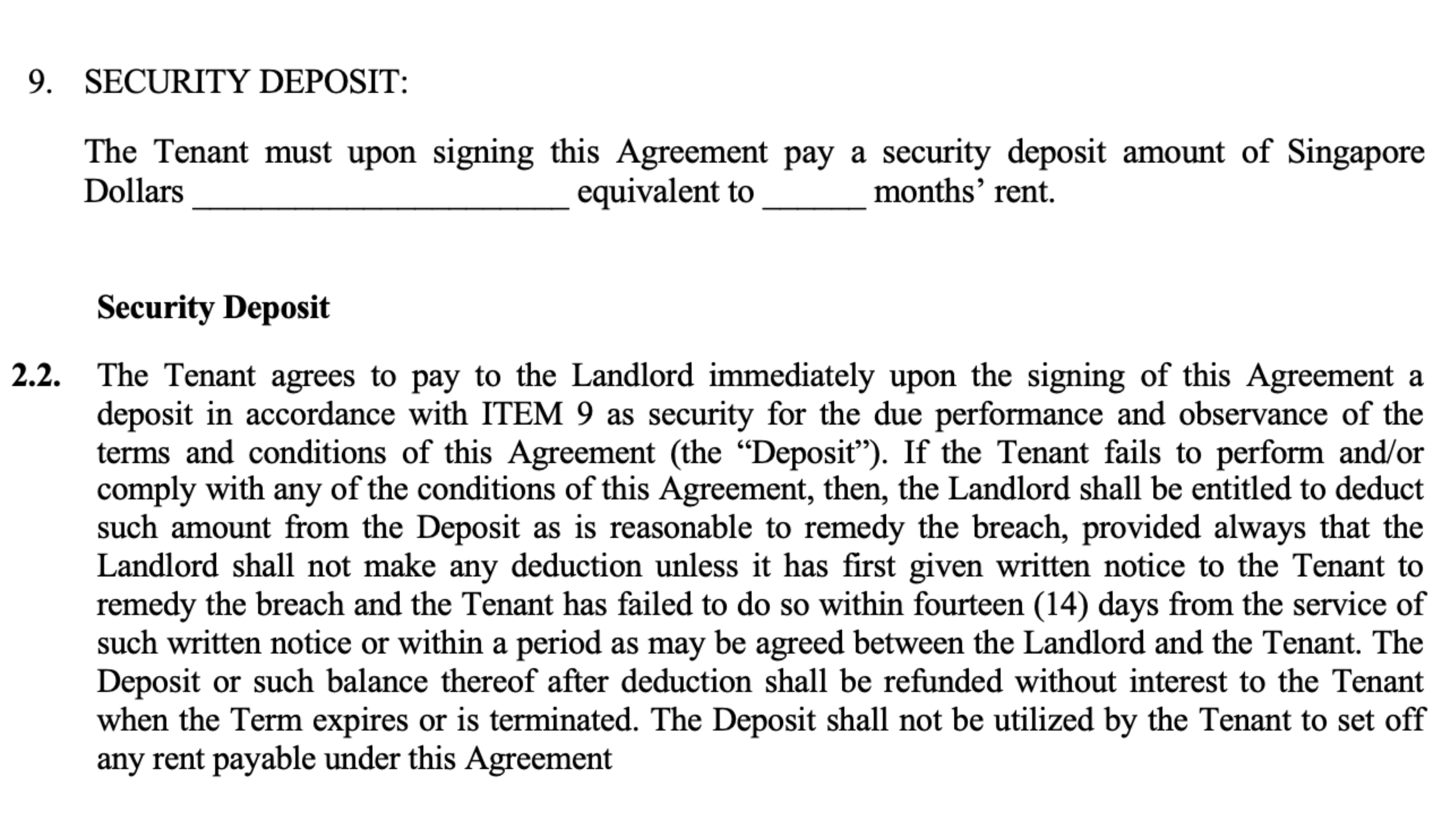Rental Guide for Foreigners Planning on Moving to Singapore
This article discusses the types of houses foreign expats can rent in Singapore and top 5 recommendations of places to live in Singapore
When foreign expats are planning to move to Singapore they need to decide where they want to live and in which type of rental housing. This article will help guide you to the right location and property.
There are three types of housing to choose from: HDB flats (public housing), private residential apartments/condos, and landed houses.
HDB Flats (Public Housing)
What is an HDB flat?
HBD flats are public housing built and subsidized by Singapore’s Housing and Development Board. There are about one million HDB flats located throughout Singapore with about 85% of the resident population occupying these units.

Of all the rental housing options in Singapore, HDB flats continue to be the least expensive. Most Singaporeans can afford to buy an HDB flat as the government subsidizes them with housing grants. They are available in a variety of sizes and floor plans to meet the needs of growing families. But most apartments are single-floor units with two or three bedrooms
How are foreigners able to rent HDB flats if they are occupied by Singaporeans?
After living in their flat for a minimum of five years, Singaporeans who want to move in with their parents or children or move to a private condo can do so. HDB will allow them rent out their flat to a Singapore Citizen (SC), Singapore Permanent Resident (SPR), or foreign expatriate that has any of the following documents:
- Employment Pass
- S Pass
- Work Permit
- Student Pass
- Dependant Pass
- Long-Term Social Visit Pass
The minimum time period for renting an HDB flat is six months. This is because HDB flats are not allowed to be used as temporary accommodations. Therefore, tourists cannot rent an HDB flat. Also, foreigners with Work Permits from the construction, marine and/or process industries are not permitted to rent HDB flats, with Malaysian nationals being the exception.
These rental restrictions are intended to create a harmonious atmosphere for all the residents.
What is it like to live in an HDB flat?
Feeling of safety and security: People across the world envy those lucky enough to be living in Singapore’s HDB housing. Unlike public housing in most other countries where you’re living in a ghetto-like environment, Singapore’s is just the opposite. There is very little if any crime, so you feel safe coming home no matter how late at night. Although there is no around-the-clock security, there are CCTV cameras outside and inside elevators, and at lift lobbies. Furthermore, the residents as a community act as watchdogs. An intruder would find it very difficult to break into a flat with several flats nearby, whose occupants would certainly hear them.
Living among the locals: If you end up renting an HDB flat, you will be living among Singaporeans, since about 85% of citizens live in public housing. This gives you an opportunity to interact and get to know them, their culture, and way of life. This will give you a good sense of how average Singaporeans live, as those living in private condos are typically wealthier.
Singapore is a multi-racial society mainly made up of Chinese (76%), Indians (15%), and Malays (7.5%). To ensure that neighbourhoods are not formed that primarily consist of particular ethnic groups, there is a government quota on the ethnicity of those allowed to buy HDB flats. The result is that HDB blocks have residents from a variety of races.
Furthermore, there is a quota for non-citizens (NC Quota), which is intended to keep enclaves of foreigners from forming in public housing estates. This quota applies when a tenant renting an entire flat is a non-Malaysian SPR or foreigner. Since Malaysians are very similar to Singaporeans in terms of their history and culture, the NC Quota does not apply to them. Currently, the NC Quota is 8% for neighbourhoods, and 11% for blocks. Therefore, the percentage of foreigners in a neighbourhood should be no more than 8%, and a single block is limited to only 11% foreigners.
Enjoy easy access to amenities: The number and types of amenities located within the area of HDB estates are regulated by the government. Therefore, the types of shops allowed to operate nearby must be affordable to residents. In Singapore, you can buy delicious inexpensive food in food courts, hawker centres and coffee shops. You can also find wet markets and other types of stores near HDB blocks that sell groceries and other everyday necessities at affordable prices.
Private Residential Apartment / Condominiums
In contrast, private condominium developments are typically located outside areas where these basic amenities are found. Most of the shops, restaurants and other businesses nearby target a wealthier clientele who can easily afford to spend more.
The higher price is justified due to higher-quality construction with a better finishing, along with exclusive use of facilities like a gym, BBQ pits, swimming pools, tennis courts and 24/7 around-the-clock security. Just as with HDB flats, private condos have rental regulations to ensure a harmonious atmosphere for all residents. They are also subject to governmental regulations that require a minimum three-month stay for rentals and the management corporation establishes specific by-laws that they enforce. Tourists are also not permitted to rent a private condominium.
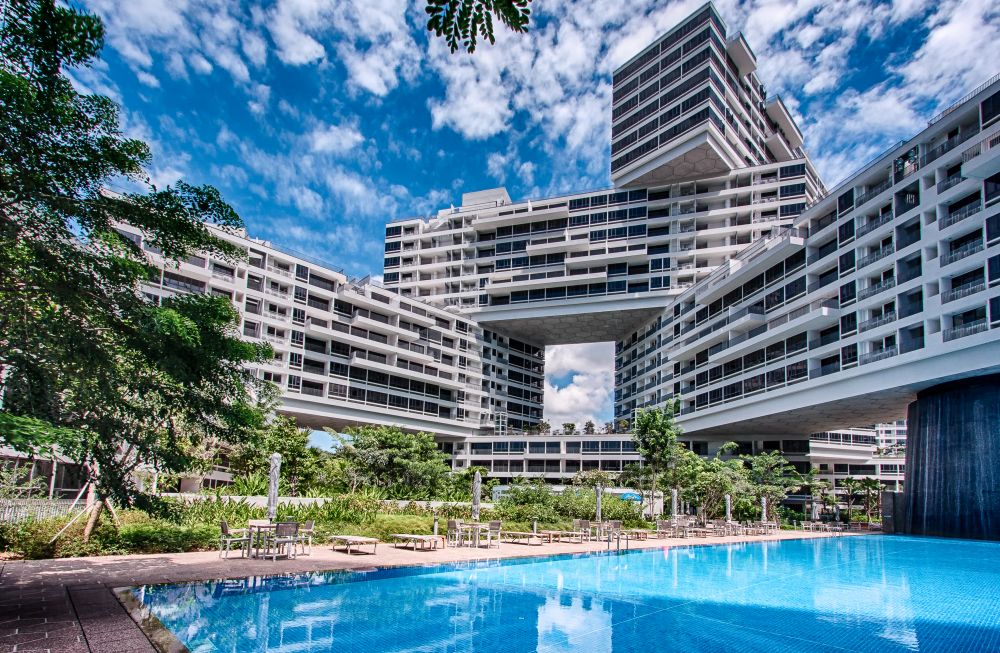
How is life in a Private Condominium/Apartment?
Enjoyment of a variety of facilities: If you like going to the gym for a workout, using a sauna, playing tennis and/or swimming laps then you would probably prefer living in a private condo. Condominium developments are typically equipped with these types of facilities, of which owners and tenants enjoy an exclusive right to use.
Aside from these facilities, some condo projects have other appealing facilities for residents. These can include a sky lounge, communal movie theatres, karaoke room, putting greens and/or rock-climbing walls. Some condos have smart home features like appliances and lights that you can control with your smartphone, and some even provide concierge services on the premises.
While most HDB developments located near neighbourhood fitness clubs with exercise rooms and swimming pools, these amenities are for use by the public. As such, they are often crowded, especially on weekends. Also, these facilities are not conveniently situated within the complex, so it’s not an ideal situation. This is why Singaporeans and foreigners alike often prefer living in a private condominium if they can afford to.
Have 24/7 Security: As previously discussed, condominium complexes are quite safe as they are equipped with surveillance cameras in strategic areas and surrounded by a perimeter wall. Residents are given a key card and if someone tries to gain access without a card, they won’t be able to get into most parts of the complex or any of the facilities, much less gain access to an individual unit.
Admittedly, this may not appeal to people who enjoy entertaining friends and family, but this level of security is in high demand by those needing added protection, like high profile executives, professionals working in law enforcement, with intelligence agencies, or the military.
Meet other foreign expats: Chances are good that you’ll meet and mingle with other foreigners while living in a private condominium complex. This is because there are no government restrictions on the percentage of foreign tenants that can reside in private condominiums, unlike the quotas in HDB estates. In fact, there are particular condominiums that are known to have quite a few European, or Japanese tenants. If you want to socialise with others from your home region or country, we would be happy to point you in the right direction.
Calm, relaxing, and peaceful: Because there are not as many people residing in a condo complex as there are in HDB housing, it’s a more peaceful environment. Also, visitors must get through strict security, so there will be no salesmen banging on your door or solicitors leaving flyers.
Condominium buildings usually have a number of enclosed spaces where residents can relax, such as beautiful gardens and/or roof-top parks.
Pets are welcome: Unlike HDB flats where there are government restrictions on pets regarding what kind you are allowed to have, condominiums tend to be pet friendly.
If you live in an HDB flat, you are allowed to have one small dog weighing no more than 15kg and the breed must be on the list of those approved by HDB. The idea is to not have pets be an inconvenience to other residents. Dog owners must get a license from NParks Animal & Veterinary Service (AVS) for their pet. You do not have to ask HDB for permission to have a dog, as long as you abide by the rules and the breed is on the approved list.
You can visit the link above for the list of approved dog breeds. You’ll notice that some of the most popular breeds are missing, which include Chow Chows, German Shepherds, Golden Retrievers, Pit Bulls, and Siberian Huskies. Cats are never allowed in any HDB flats.
The good news is that HDB’s pet restrictions do not apply when you live in a private condo because condos are not public housing. This means that condo tenants have a lot more leeway when it comes to owning pets, depending on the landlord. Some do not want tenants with pets, due to an increased risk of the pet(s) damaging their property or ruining the furniture, not to mention health issues.
Each condominium has a property manager whose job is to ensure the peaceful enjoyment of all residents. They write the by-laws governing the common areas with this in mind, including those relating to pets. Most condominiums do let residents have pets. However, if you have pets ask your agent to speak to the owner of the unit and the management office about the issue before your in-person visit.
Landed Houses
Land is scarce in Singapore, which has a total land mass of only 728 sq. kilometres. Therefore, they have to use every bit of land as efficiently as possible, so you’ll see lots of tall buildings throughout the country. Most residents live in tall residential blocks filled with either HDB flats or private condominiums because tall buildings are able to house the more people.
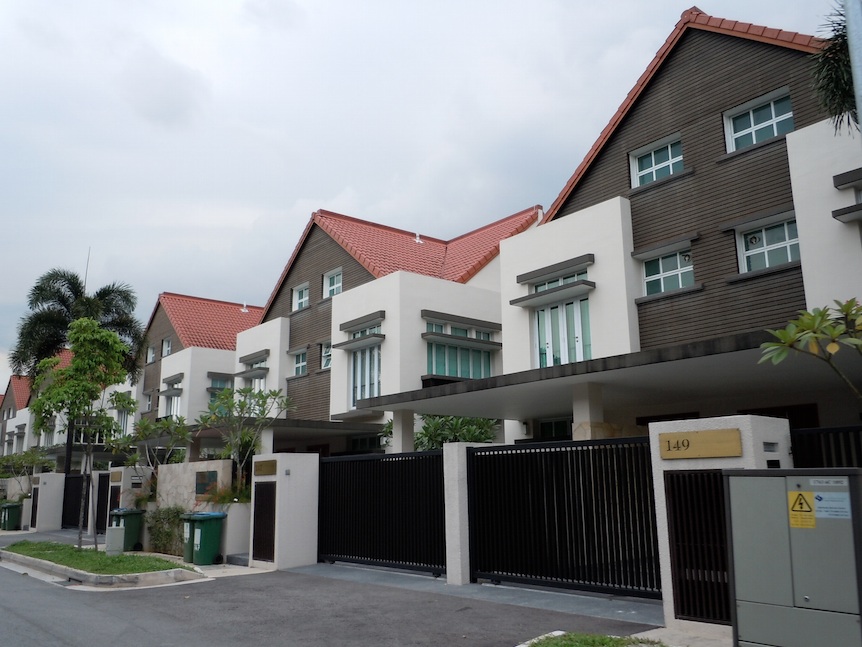
Other residents live in what are called “landed houses” of which there are only about 73,000 throughout Singapore. Landed houses come in three different categories:
1. Strata landed/townhouses
These houses exist within a condominium complex, so residents can use all the facilities inside the complex along with residents who live in the condos/apartments. These are not counted in the 73,000 total of Singapore’s landed houses because being strata-titled, they are governed by the management corporation’s rules.
2. Cluster houses
These houses exist in their own gated complexes, like private condominiums/apartments, only these complexes have no tall buildings. The complexes filled with cluster houses have the same types of facilities that exist in condominium complexes.
3. Terrace and semi-detached houses, and bungalows
These types of landed houses are in developments with no community facilities for residents to enjoy, but some do have community swimming pools.
Because Singapore has so few landed houses, there aren’t very many for rent, so don’t get your hopes up. Most are two- or three-storey houses, ranging in size from 2,000 sq. feet to 20,000 sq. feet. Foreigners who like having more space may prefer living in a landed house. If they choose a strata landed, townhouse, or cluster house they will likely enjoy access to BBQ pits, swimming pools and other facilities within the complex.
For people with more money to spend, they may prefer living in a semi-detached home or bungalow because these have enormous outdoor terraces and gardens. Also, the rooms in these types of houses are typically larger than the bedrooms, living rooms, dining areas, and kitchens of strata landed, townhouses or terrace houses.
Conclusion on Types of Rental Homes Available to Foreigners
The most important consideration for foreigners moving to Singapore who are looking for an HDB flat, private condominium, or landed house to rent, is which type of housing is affordable for them.
Expatriates on a very tight budget really have only one option, renting an HDB flat. But there is an upside to living in low-cost public housing, an opportunity to meet and mingle with average Singaporeans. You can experience what Singapore has to offer from those who make up the heart and soul of this small country.
Foreigners with money in their pockets will have more choices when it comes to rental homes, even landed houses if they’d like more space. If you’re in the market for a private rental condo, you’ll pay more for one in a top-quality complex, especially those with exclusive facilities like a swimming pool, a fitness centre or gym with a sauna and/or tennis courts.
For expats who want something more spacious, maybe because they’ll be working from home, look at private condominiums with exclusive amenities and facilities or find out if any landed houses are available for rent in the area you are considering.
If you would like assistance in finding a rental home, just click on Contact Pinnacle to reach us right away for help.
It’s Not Easy Uprooting Your Life to Relocate to a Foreign Country.
Luckily, foreigners who move to Singapore for work are relocating to an island that was voted the best place for expatriates across the world to live and work. Singapore is known for its social, political, and economic stability as well as having a low crime rate. Therefore, expatriates living here enjoy a relatively stress-free existence.
Source: The Straits Times
Having said that, some neighbourhoods are known to be safer than others. For more information, you can read up on the various Districts in Singapore and HDB Estates in Singapore. Also, our recommendations are as follows:
1. Marine Parade/Joo Chiat (located in District 15)
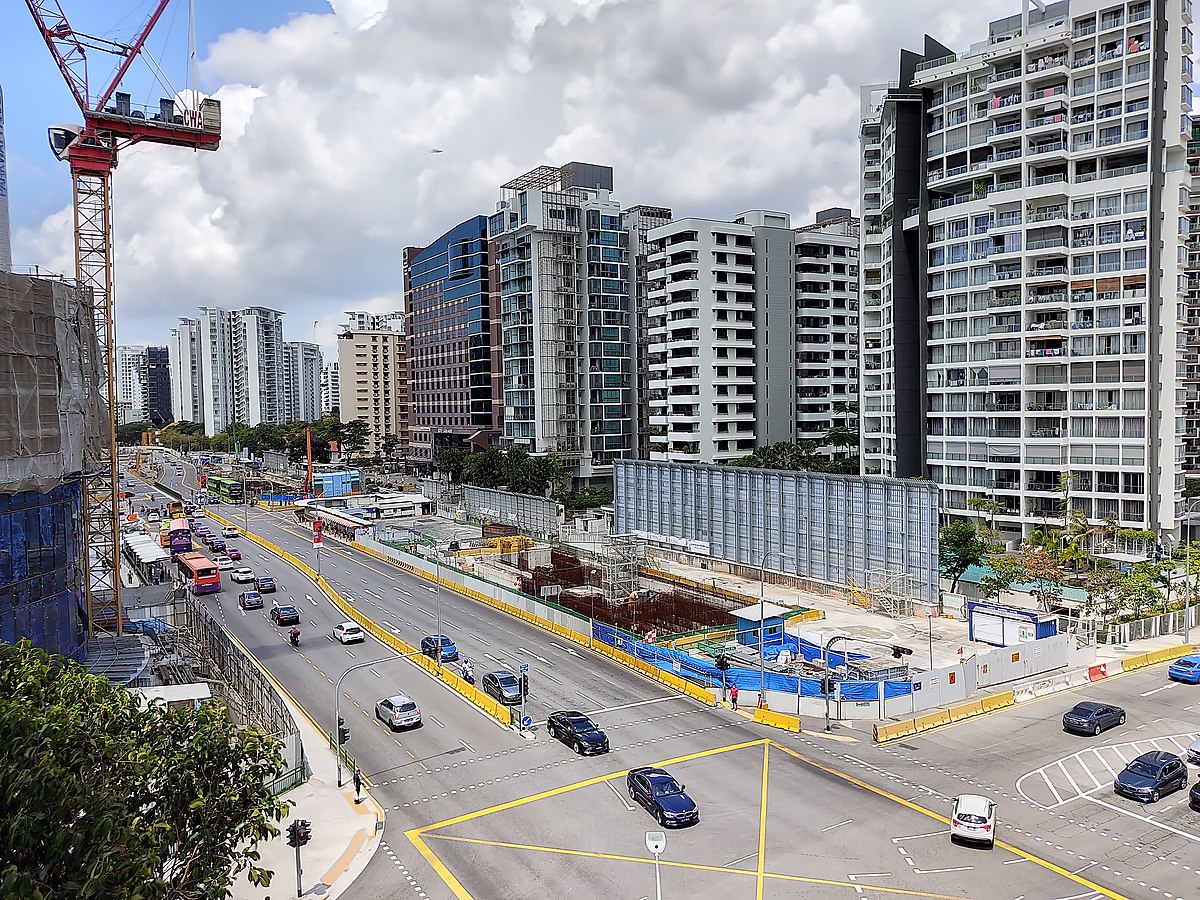
Transport links: Express bus links to CBD and Orchard Road. Closest MRT stations include Kembangan and Paya Lebar with an MRT line slated for a 2023/2024 along Marine Parade. This will include Marine Parade MRT, Marine Terrace MRT, Siglap MRT and Tanjong Katong MRT.
This area is known to be very popular among expatriates because of how close it is to the East Coast Park beach. There is also a charming Peranakan area in Joo Chiat with a lot of beautiful conservation shophouses where foreigners love to shop. We also have to mention that residents also enjoy a nice variety of bars, cafes, eateries, and restaurants where they can get whatever they’re craving.
In the one square kilometre between 112 Katong malls and Parkway Parade you can find five different supermarkets, a huge number of retail shops and food options, a number of banks, and a cinema. So, residents of the area have no need to travel very far to get their needs met.
2. Downtown (Districts 1 & 2)
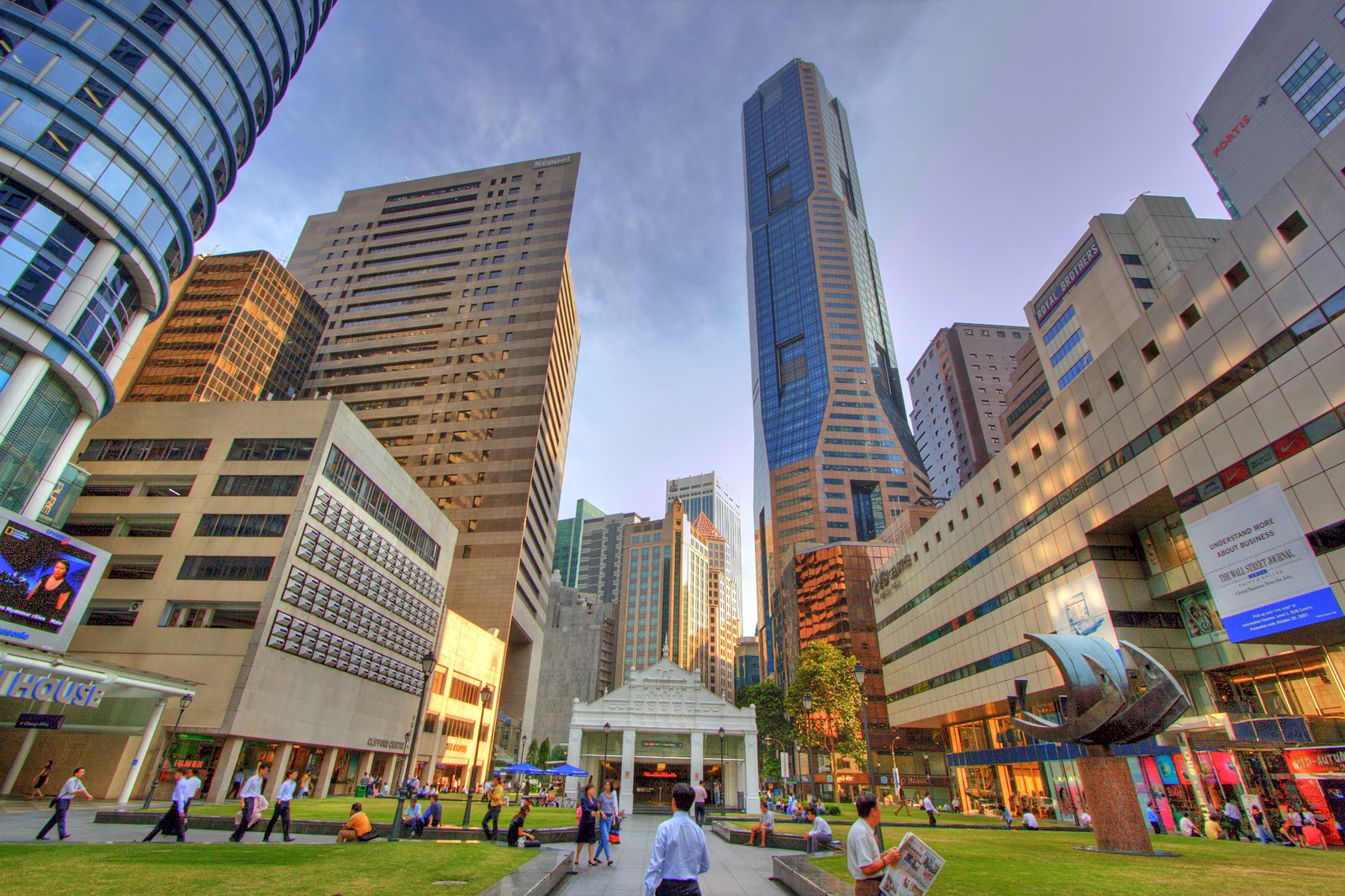
Transport Links: Tanjong Pagar, Raffles Place, Bayfront and Downtown MRT stations.
The entire Downtown area, which includes the Central Business Districts, City Hall, Boat Quay, Chinatown, and Raffles Place is very popular among foreigners who want to live near their place of employment. Some residential complexes have great coastline views, while others are surrounded by nightlife.
Conveniences cost top dollar in this location, but if you want to live a short walk to the Central Business District this is the place to be. In having that convenience, you’d also be living in the midst of a vibrant city that never sleeps.
3. Bukit Timah (located in District 10)
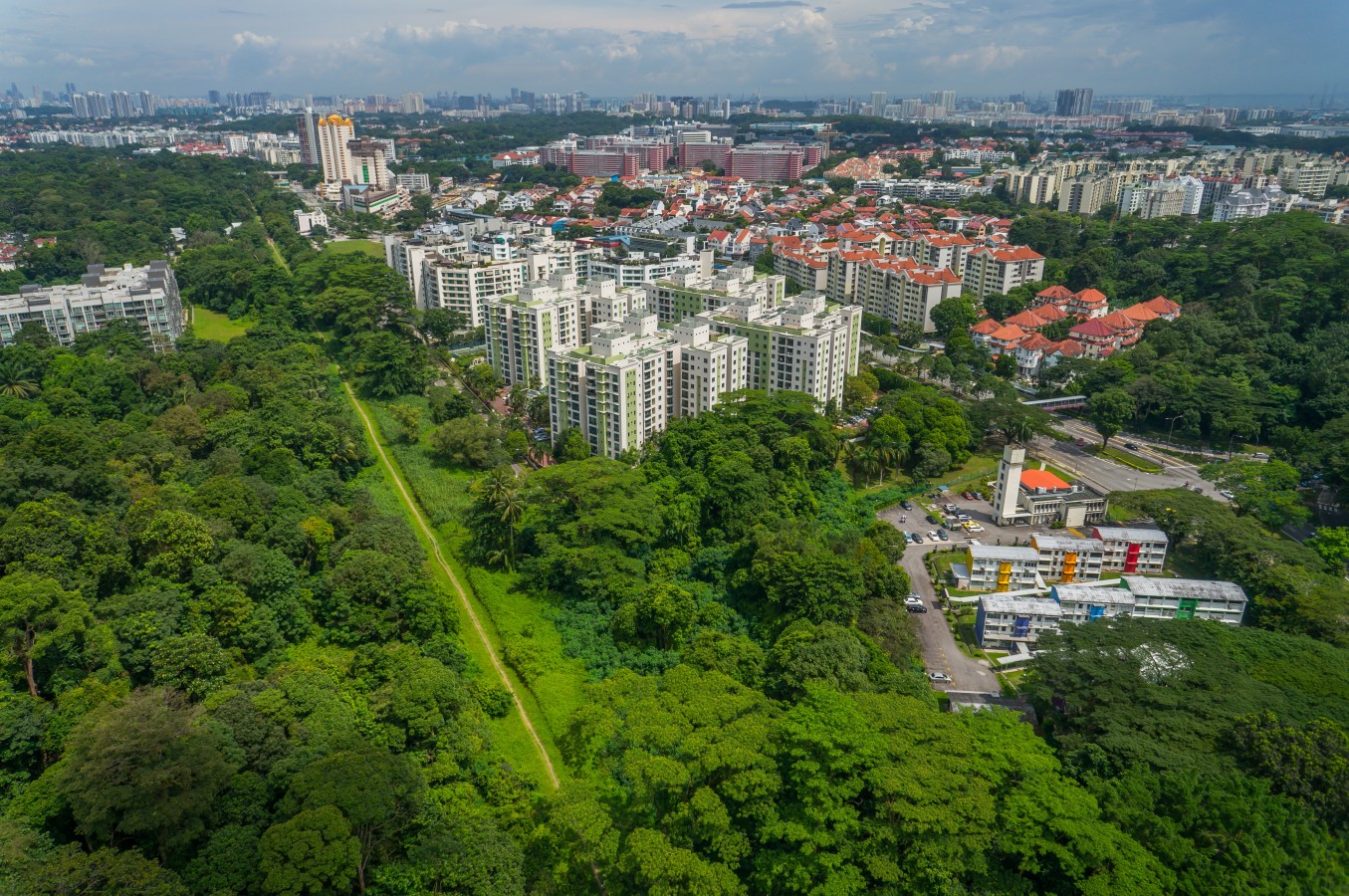
Transport links: Bus transport to Orchard Road. King Albert Park, Tan Kah Kee, and Sixth Avenue MRT stations.
Expatriates seem to love this sleepy little enclave, which is situated within the natural lushness of Bukit Timah hill. Foreigners with families enjoy access to a number of international schools located in the area. Also, Orchard Road can easily be reached with a short bus ride.
There are quite a few bars, cafes, eateries, and restaurants nearby, plus a variety of small convenient malls such as Coronation Plaza where residents can shop. The largest shopping centre is The Grandstand, which replaced horse racetracks that used to be on that site. There you can shop at a Giant Hypermarket and enjoy some nice restaurants when you get hungry.
4. Tiong Bahru (located in District 3)
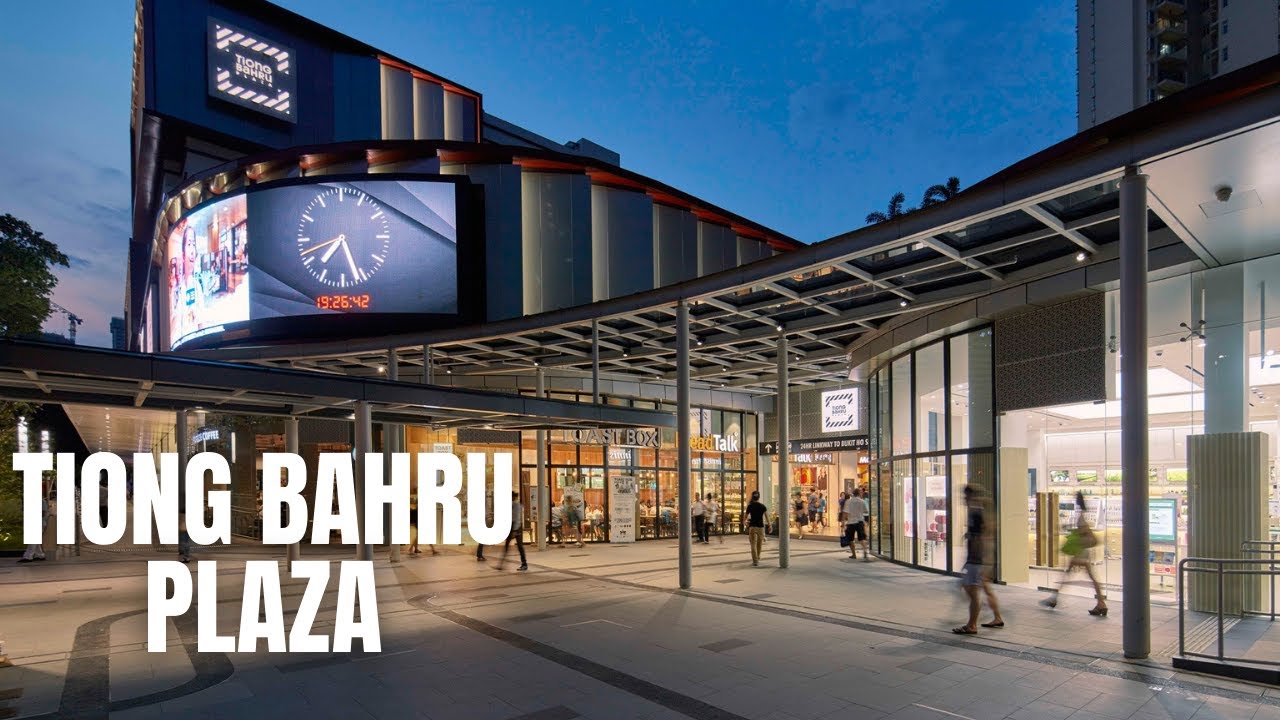
Tiong Bahru is considered by many to be Singapore’s most fashionable enclave. With very few of the remaining Improvement Trust (SIT) flats left in the country, this once depressed neighbourhood has experienced an influx of posh cafes, casual eateries, restaurants, and bars. What makes this area so interesting is the contrast between the historical elements of authentic Singaporean food found at the Tiong Bahru Food Centre, along with the newest culinary concepts. The creations of young chefs and entrepreneurial foodies has made this area a fascinating showcase of a very modern Singapore.
In addition to everything mentioned above, residents love the fact that Tiong Bahru is located just two MRT stops from Tanjong Pagar and the Central Business District. Also, Orchard Road and River Valley are just a quick bus ride away.
5. Bishan (located in District 20)

Transport links: Bishan MRT station.
The only area on this list that could be described as the “heartland” is Bishan, a great place for foreigners looking for a lush green environment. Bishan-Ang Mo Kio Park is a simply divine place to relax. A short bike ride away you’ll find MacRitchie Reservoir Park, a 12-hectare nature reserve where Bishan residents can enjoy a nice array of recreational facilities.
Although Bishan is a suburban district, it does have an MRT interchange, the North-South Line connecting northern Singapore with the south, plus the Circle Line. It is also located only five MRT stops away from Orchard Road. Residents who want to shop locally can go to Junction 8 where they’ll find an assortment of grocery stores, retail shops, casual eateries, and restaurants.
Living in Bishan offers residents a very different lifestyle than the other locations listed here. Expatriates would have an opportunity to experience the true heartland of Singapore and its people.
At Pinnacle Estate Agency, we strongly believe in sharing our real estate knowledge to the public. For more content like this article, check out our Singapore Property Guides.

